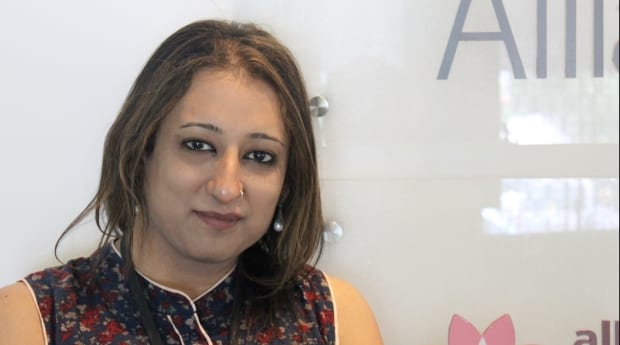On April 15, 2014, the Indian Supreme Court officially created a third gender status for the trans community, making it the seventh country in the world to do so.
Transgender people in India no longer have to identify as female or male, but can choose a third or “T” option, such as on identification documents.
The term “third gender” applies to both trans people and hijras, although most of the attention in the media and in Indian society focuses on hijras. In India, as well as in several other South Asian countries, hijras are people usually born with male genitalia (or sometimes ambiguous genitalia) who live as women in a hierarchical and culturally complex system of “families” headed by gurus. Generally speaking, hijras are trans women but not all trans women are hijras.
Hijras have been around since antiquity and have a paradoxical relationship with wider society. While they face discrimination and can often only find work as beggars, dancers or in the sex trade, they are also revered — and feared — as spiritual beings whose blessings or curses can have real effects on everyday people.
In addition to adding new options for identification documents, the court’s third-gender ruling was largely focused on providing fair access to services for trans people and hijras, such as providing quotas in education and the workplace, similar to those for other minorities.
At the time, the progressive decision was warmly welcomed by many LGBT activists, who hoped it would have concrete effects on the ground.
However, a year and a half later, people in the trans community say they have experienced little to no positive benefits from the ruling.
“Nothing has happened so far,” says Amitava Sarkar, training officer of India HIV/AIDS Alliance in Delhi, who identifies as a trans woman.
She can count only a handful of trans friends who have been able to get passports with a “T” identification.
When Sarkar tried to renew her passport in Kolkata after the ruling, she was told she still had to choose either M or F as her identification.
The law has complicated the lives of some trans people, especially when trying to apply for visas abroad. Earlier this year, for example, transgender HIV activist, Amruta Alpesh Soni’s visa to the US was delayed because the American application form still only has two options for gender.
Socially, life on the ground hasn’t changed much for the majority of the trans community either, activists say.
While there are now a few trans people in leadership roles — such as the mayor of Raigarh in the state of Chhattisgarh, and the principal of Krishnagar Women’s College in West Bengal — the vast majority, especially those of lower classes or castes, still struggle with ostracism and discrimination.
There are still many gaps, Sarkar explains. For example, in a hospital, where is a trans person admitted — the male or female ward? So far, there is no third gender option there, she says.
“The truth lies in the implementation. It’s not just good enough to have a law,” says Pallav Patankar, director of programs at Humsafar Trust in Mumbai.
Sensitivity training is needed along with changes to policy, he says.
“Just saying that all universities should have an option of ticking ‘transgender’ on the forms and allow transgender students is not good enough. That’s tokenism,” Patankar says. “What have you done in terms of educating the student population or even the teachers?”
Some trans people object to the third gender option. Karthik Bittu, who identifies as a genderqueer trans boi, says there are already trans students in universities identifying as their post-surgery gender. “Many trans men just want to be recognized as men, not as some third category of gender; likewise many trans women just want to be recognized as women,” he says.
“Being branded as third gender throughout one’s college life — for example, being housed in separate hostels — can increase one’s stigmatization.”
One state in India stands out as more progressive: Tamil Nadu.
Even before the Supreme Court decision, the state government there was very supportive of trans rights and even operated a Trans Welfare Board. A large trans festival takes place annually in one of its villages, Koovagam.
However, says Kalki Subramaniam, a trans activist, actor and author from Tamil Nadu, there has been little change on the ground in that state either. Rather, she sees the ruling as a “milestone victory” in the long run, whose benefits won’t be felt until the future.
“The ruling has no major changes immediately, but on a long term it will pave the way for education opportunities in academic institutions, employment and livelihood opportunities,” Subramaniam says.
“Besides that, the impact of the verdict can be seen in the empowerment of transgender people in the future. As of now in Tamil Nadu, it has had no major effect.”
It is unclear, add trans activists like Bittu, whether the term “third gender” refers to trans men as well.
While the Supreme Court decision does reference trans men, “authorities assume that all beneficiaries will only be trans women due to the invisibility of trans men,” Bittu says.

 Why you can trust Xtra
Why you can trust Xtra


